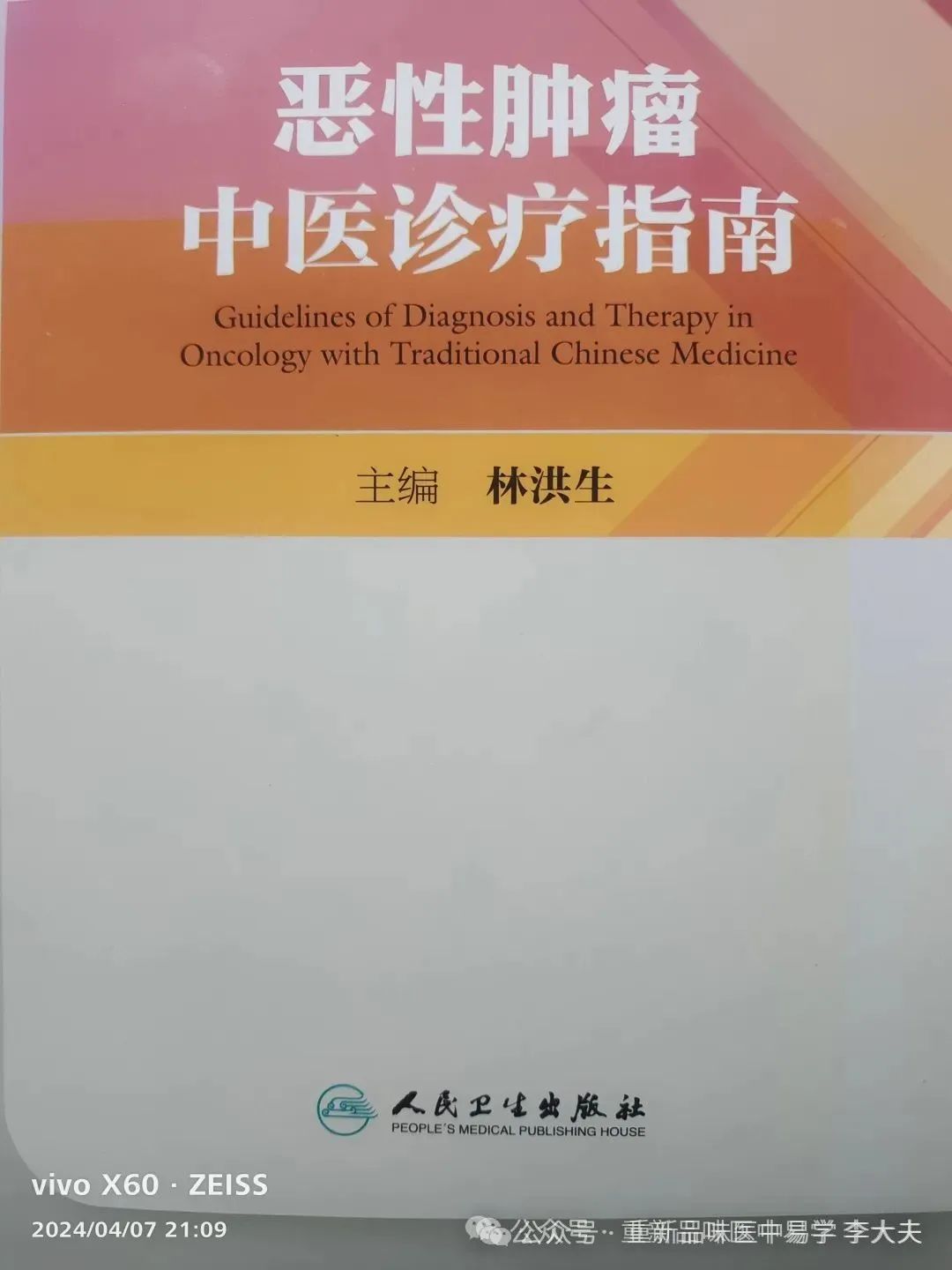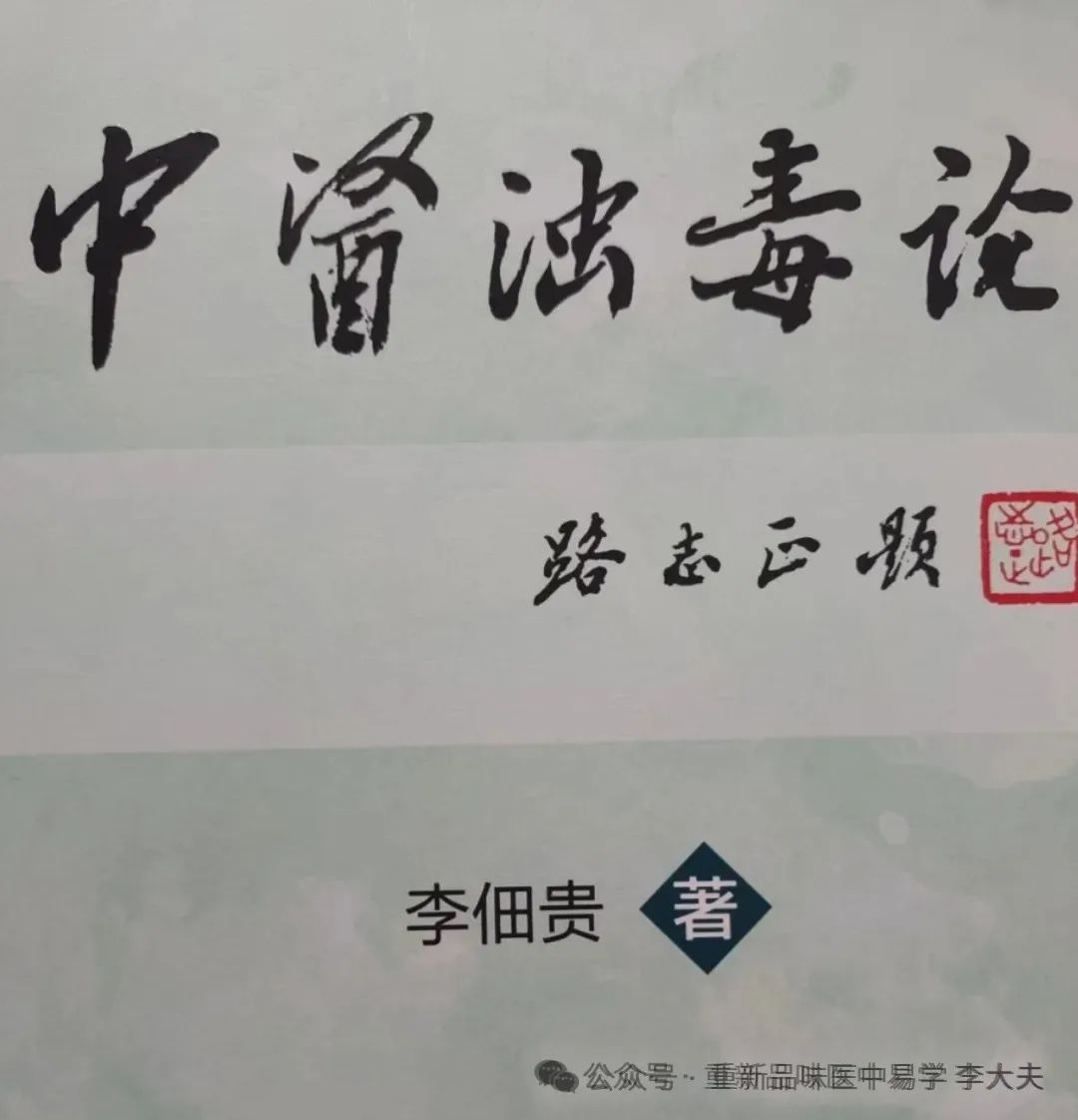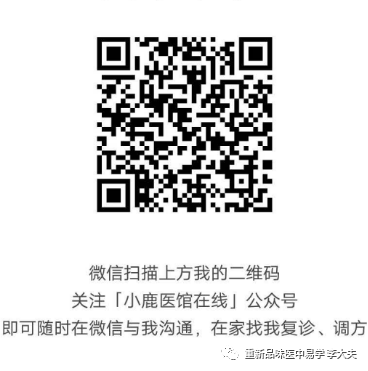


The theory of the Five Elements (Wu Xing) is a concept developed by ancient people through long-term observation and experience of the natural world. It encompasses five substances represented by Wood (Mu), Fire (Huo), Earth (Tu), Metal (Jin), and Water (Shui). The relationships among these five elements illustrate the complex changes of phenomena, thus forming the theory of the Five Elements. The Zeng Yun states: “They are the numbers in the middle.” The Yi Jing (Book of Changes) states: “The number of heaven is five, the number of earth is five, and the five positions correspond to each other, each having its own combination.” This means that the numbers of heaven and earth are both five, and these five numbers correspond to form Metal, Wood, Water, Fire, and Earth. The Lei Jing Tu Yi mentions: “People know that life is life, but do not know that within life there is overcoming; they know that overcoming is overcoming, but do not know that within overcoming there is utility; they know five is five, but do not know that within five, five times five equals twenty-five, and there is also the wonderful interdependence of mutual storage.” It can be seen that the Five Elements are a method of categorizing the world based on analogical thinking.
 Why are the Five Elements divided into Metal, Wood, Water, Fire, and Earth? Water, according to the Shuo Wen, means: “It is the standard. The northern direction symbolizes the flow of many waters, with a slight Yang energy within.” The Shi Ming states: “Water is the standard, it levels things.” The Shang Shu (Book of Documents) has: “The Five Elements, the first is Water… Water moistens and descends.” Therefore, the Bai Hu Tong (White Tiger Treatise) states: “Water is located in the north, where Yin energy resides beneath the yellow spring, nurturing all things. Water signifies standardization, nurturing things evenly, and having a criterion.” Fire, according to the Shuo Wen, means: “It destroys, the southern direction symbolizes flames rising, taking shape.” The Shang Shu states: “Fire means to rise in flames.” Therefore, the Bai Hu Tong states: “Fire is in the south, where Yang is above, and all things droop. Fire signifies to follow, to allow. It means all things are bestowed, and fire signifies transformation, where Yang energy acts, and all things change.” Wood, according to the Shuo Wen, means: “To sprout, to emerge from the ground, the eastern direction symbolizes this.” The Shang Shu states: “Wood means to be straight or curved.” Therefore, the Bai Hu Tong states: “Wood is in the east, where Yin and Yang energy begins to move, and all things begin to grow. Wood signifies to touch, where Yang energy leaps and touches the ground to emerge.” Metal, according to the Shuo Wen, means: “To follow the transformation without deviation, the western direction symbolizes this.” The Shang Shu states: “Metal means to follow the transformation.” Therefore, the Bai Hu Tong states: “Metal is in the west, where Yin begins to rise, and all things are restricted. Metal signifies prohibition.” Earth, according to the Shuo Wen, means: “It is the source of all things… symbolizing the emergence of things from beneath the earth.” The Shang Shu states: “Earth is the source of agriculture.” The Bai Hu Tong states: “Earth is in the center, where it gives birth, and Earth is the master of containing all things, Earth signifies to give birth.” Thus, it can be understood that Water, Fire, Earth, Metal, and Wood are the Five Elements, which belong to a specific temporal and spatial system, a collection of qualities and elements.
Why are the Five Elements divided into Metal, Wood, Water, Fire, and Earth? Water, according to the Shuo Wen, means: “It is the standard. The northern direction symbolizes the flow of many waters, with a slight Yang energy within.” The Shi Ming states: “Water is the standard, it levels things.” The Shang Shu (Book of Documents) has: “The Five Elements, the first is Water… Water moistens and descends.” Therefore, the Bai Hu Tong (White Tiger Treatise) states: “Water is located in the north, where Yin energy resides beneath the yellow spring, nurturing all things. Water signifies standardization, nurturing things evenly, and having a criterion.” Fire, according to the Shuo Wen, means: “It destroys, the southern direction symbolizes flames rising, taking shape.” The Shang Shu states: “Fire means to rise in flames.” Therefore, the Bai Hu Tong states: “Fire is in the south, where Yang is above, and all things droop. Fire signifies to follow, to allow. It means all things are bestowed, and fire signifies transformation, where Yang energy acts, and all things change.” Wood, according to the Shuo Wen, means: “To sprout, to emerge from the ground, the eastern direction symbolizes this.” The Shang Shu states: “Wood means to be straight or curved.” Therefore, the Bai Hu Tong states: “Wood is in the east, where Yin and Yang energy begins to move, and all things begin to grow. Wood signifies to touch, where Yang energy leaps and touches the ground to emerge.” Metal, according to the Shuo Wen, means: “To follow the transformation without deviation, the western direction symbolizes this.” The Shang Shu states: “Metal means to follow the transformation.” Therefore, the Bai Hu Tong states: “Metal is in the west, where Yin begins to rise, and all things are restricted. Metal signifies prohibition.” Earth, according to the Shuo Wen, means: “It is the source of all things… symbolizing the emergence of things from beneath the earth.” The Shang Shu states: “Earth is the source of agriculture.” The Bai Hu Tong states: “Earth is in the center, where it gives birth, and Earth is the master of containing all things, Earth signifies to give birth.” Thus, it can be understood that Water, Fire, Earth, Metal, and Wood are the Five Elements, which belong to a specific temporal and spatial system, a collection of qualities and elements.
The Nei Jing (Inner Canon) is based on the analogical thinking method of the Five Elements, establishing the theoretical system of the Five Elements in Traditional Chinese Medicine, which focuses on the five organs as the main body, corresponding to the five directions, five times, and five energies, internally linking the five organs, five bodies, and five senses, applying the relationships of generation, overcoming, mutual support, harm, and transformation among the Five Elements to elucidate the integrity of human life activities and the unity with the surrounding environment.
–END–
Dr. Li’s Profile: Chief Physician, licensed pharmacist in both pharmacy and traditional Chinese medicine, attending physician in internal medicine and dermatology, graduated from Beijing University of Chinese Medicine, member of the Dermatology Branch of the Shanxi Province Association of Integrated Traditional Chinese and Western Medicine, member of the Shanxi Province Pharmacists Association, director of the integrated traditional Chinese and Western medicine department (dermatology, spleen and stomach diseases, oncology), executive director, repeatedly recognized as an advanced medical worker, excellent physician, and most beautiful medical worker in the district. He has studied in Beijing, Shanghai, Guangzhou, Hefei, and Taiyuan, and has been mentored by national masters of traditional Chinese medicine such as Li Diangu and Professor Duan Ruqin, a clinical expert in oncology at Beijing University of Chinese Medicine. He specializes in the integrated treatment of skin diseases and spleen and stomach diseases; he has made significant progress in treating tumors by integrating the theory of turbid toxins with the three distinctions and six methods, especially under the guidance of the thought of “three distinctions and six methods, targeted tumor elimination” and “comprehensive methods, targeted strikes,” accumulating rich treatment experience.
Consultation Phone: 13834368576 15340949875
Consultation for routine testing, genetic testing; selection of Chinese and Western medicines, etc. Regular consultations from Monday to Friday, nearby consultations on Saturday mornings, afternoons for organizing medical records, please do not disturb unless urgent.
 Dang Gui Si Ni Decoction (Dang Gui Si Ni Tang): Dang Gui (Angelica Sinensis), Gui Zhi (Cinnamon Twig), Sha Yao (Peony Root), Xi Xin (Asarum) each 3 taels (9g), Da Zao (Jujube) 25 pieces (8 pieces), Gan Cao (Licorice) 2 taels (6g), Tong Cao (Tetrapanax) 2 taels (6g), Sheng Jiang (Fresh Ginger) half a pound (9g), Wu Zhu Yu (Evodia) 2 sheng (9g).(Nourishes blood, unblocks meridians, warms the channels, and disperses cold. Formula Song: Dang Gui Si Ni uses Gui and Sha, Xi Xin, Tong Cao, Gan, and Da Zao, nourishes blood, warms the channels, and unblocks the meridians, effective for blood deficiency and cold obstruction.) Source: Shang Han Lun (Treatise on Cold Damage).
Dang Gui Si Ni Decoction (Dang Gui Si Ni Tang): Dang Gui (Angelica Sinensis), Gui Zhi (Cinnamon Twig), Sha Yao (Peony Root), Xi Xin (Asarum) each 3 taels (9g), Da Zao (Jujube) 25 pieces (8 pieces), Gan Cao (Licorice) 2 taels (6g), Tong Cao (Tetrapanax) 2 taels (6g), Sheng Jiang (Fresh Ginger) half a pound (9g), Wu Zhu Yu (Evodia) 2 sheng (9g).(Nourishes blood, unblocks meridians, warms the channels, and disperses cold. Formula Song: Dang Gui Si Ni uses Gui and Sha, Xi Xin, Tong Cao, Gan, and Da Zao, nourishes blood, warms the channels, and unblocks the meridians, effective for blood deficiency and cold obstruction.) Source: Shang Han Lun (Treatise on Cold Damage).

In the Shang Han Lun Article 51: If the pulse is floating, the disease is in the exterior, sweating can be induced, and Ma Huang Tang (Ephedra Decoction) is appropriate.

Upholding integrity and innovating * Understanding medicine through the lens of 易 (Yijing) * Grasping medicine through 易 (Yijing) * Medicine and 易 (Yijing) share the same source


